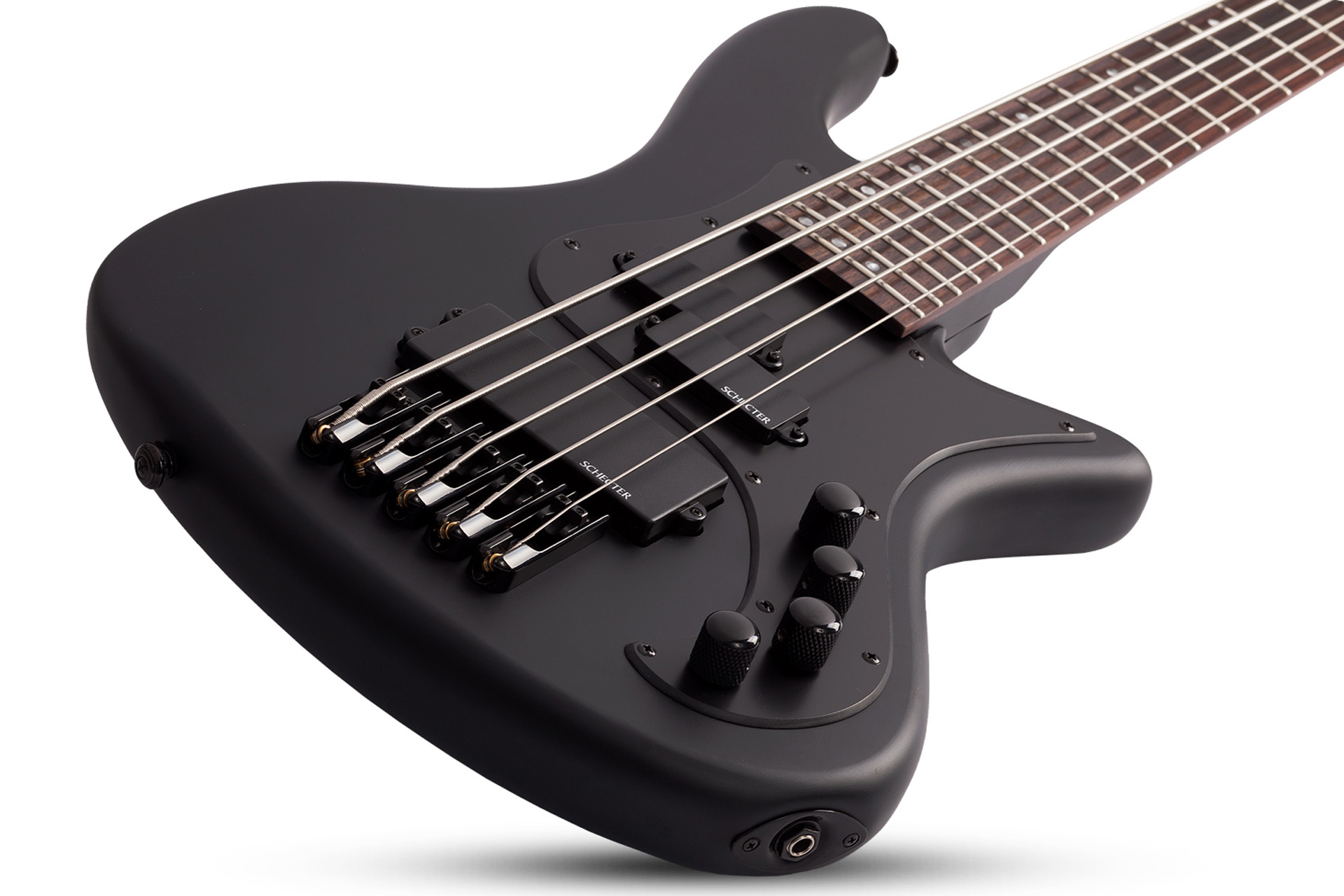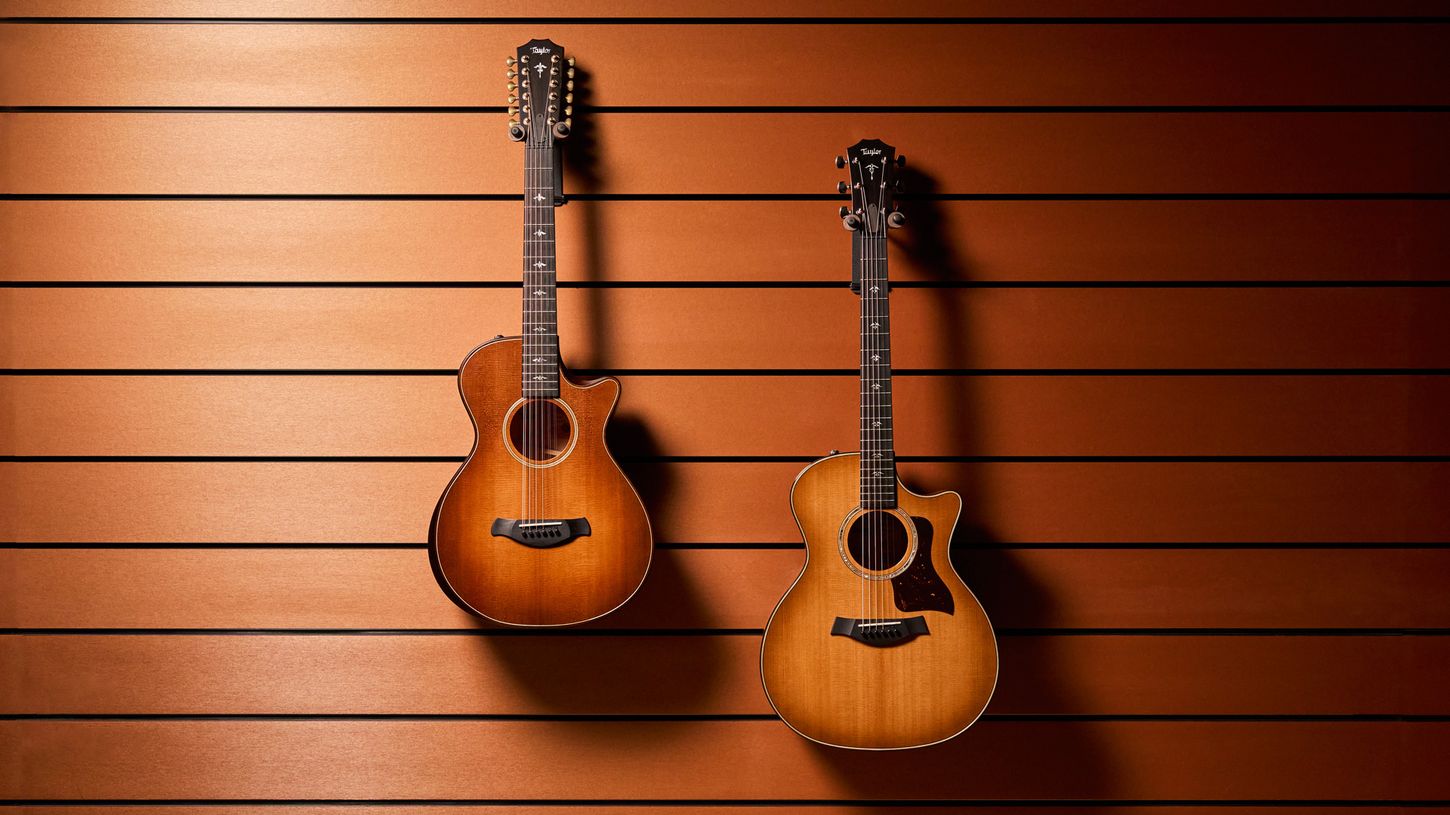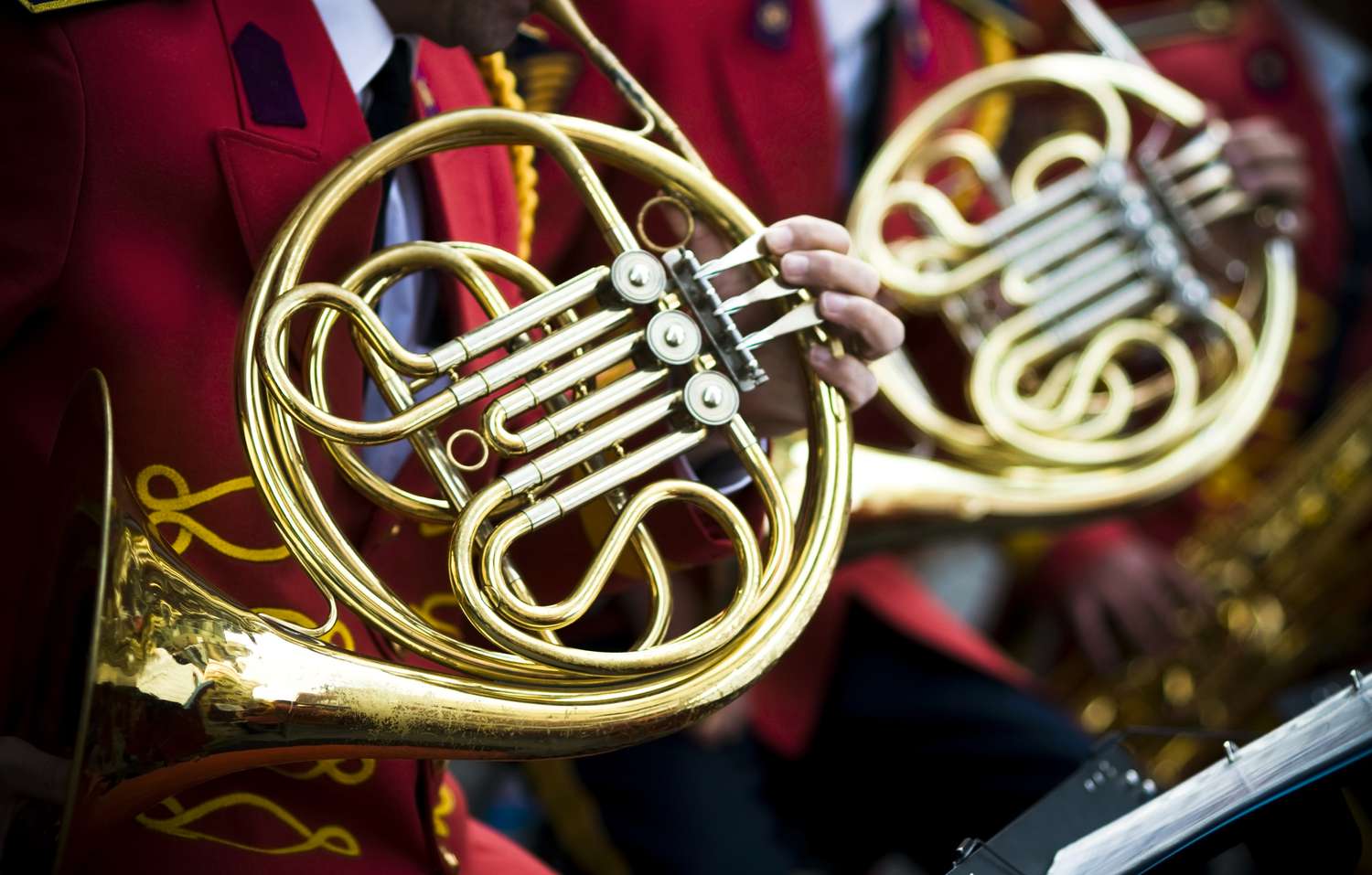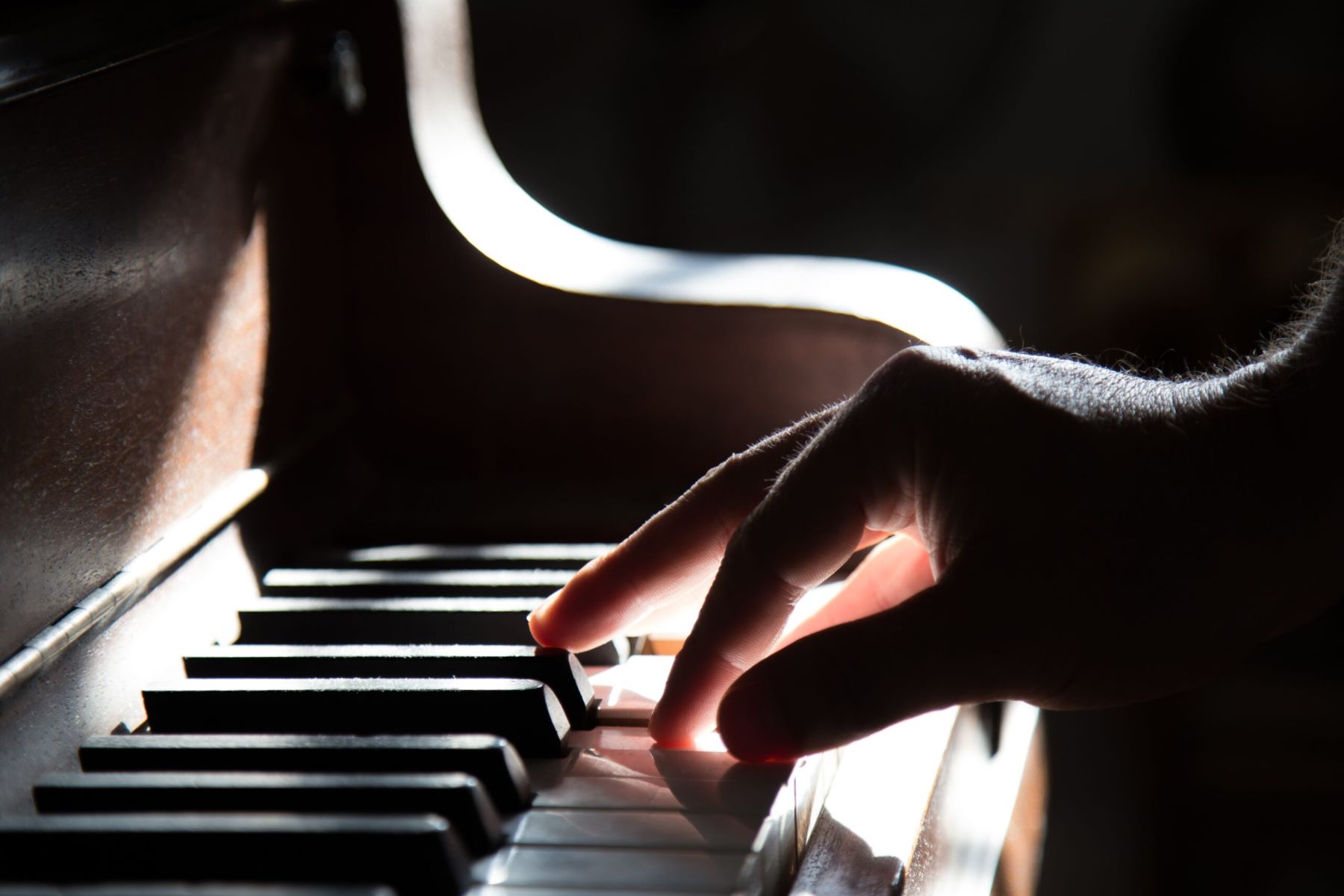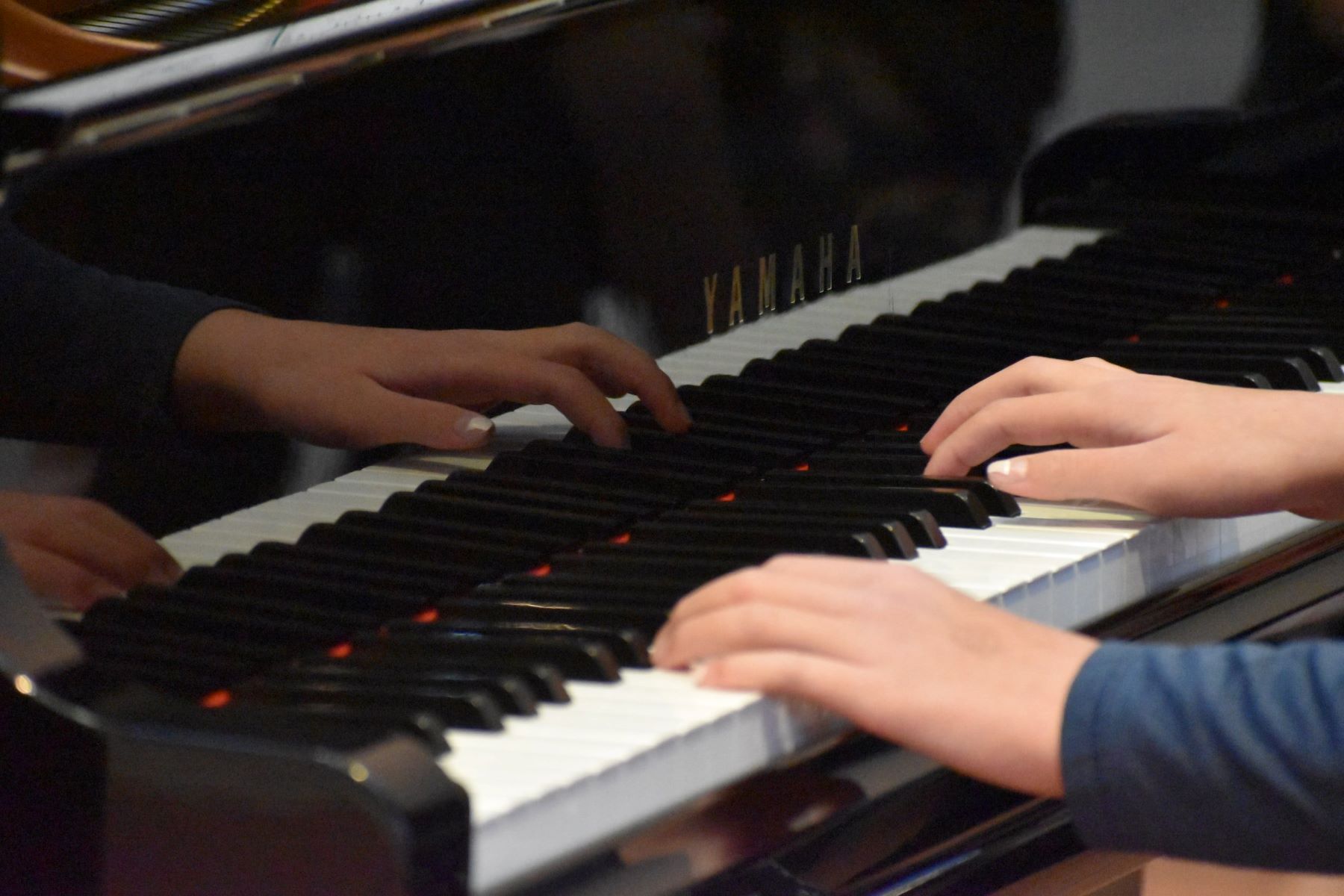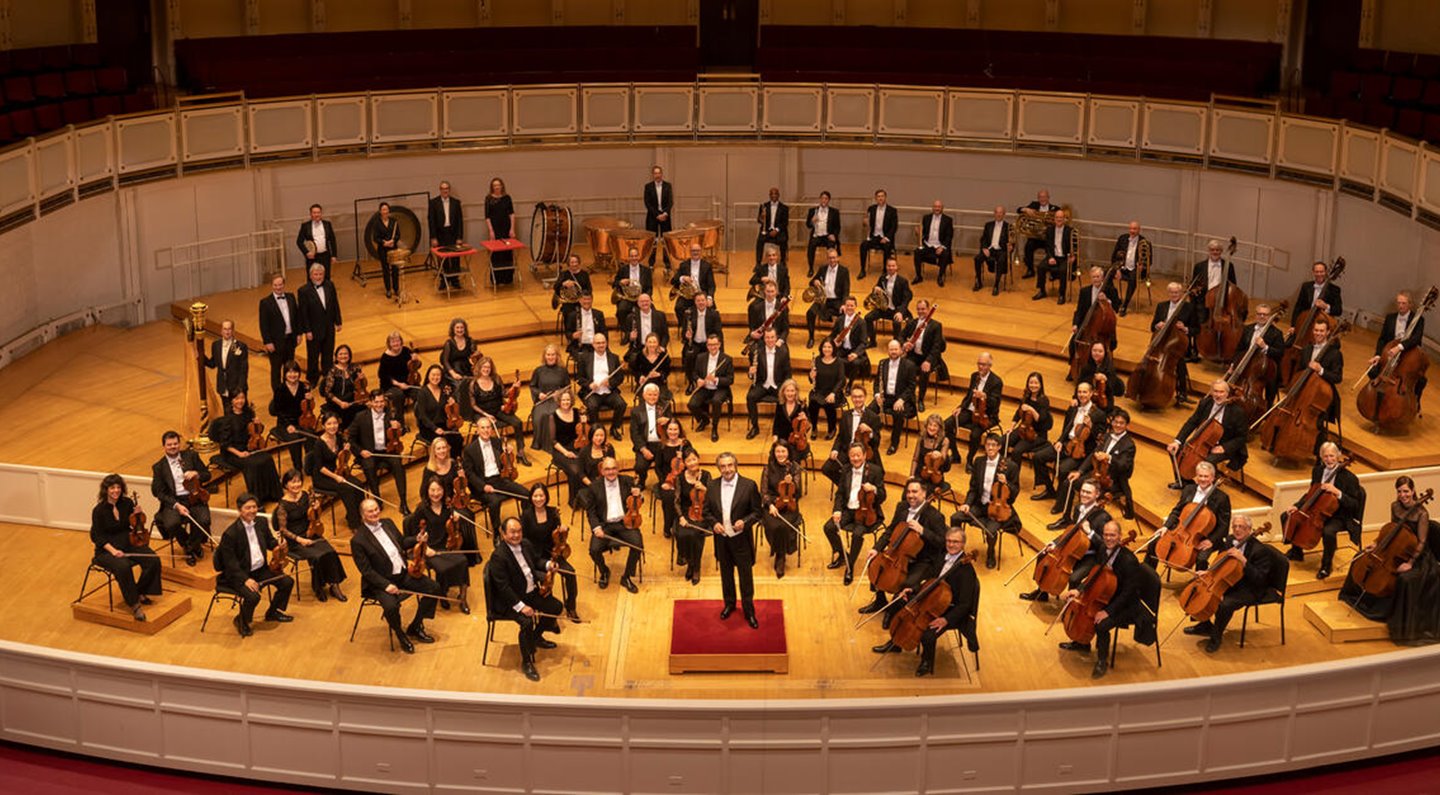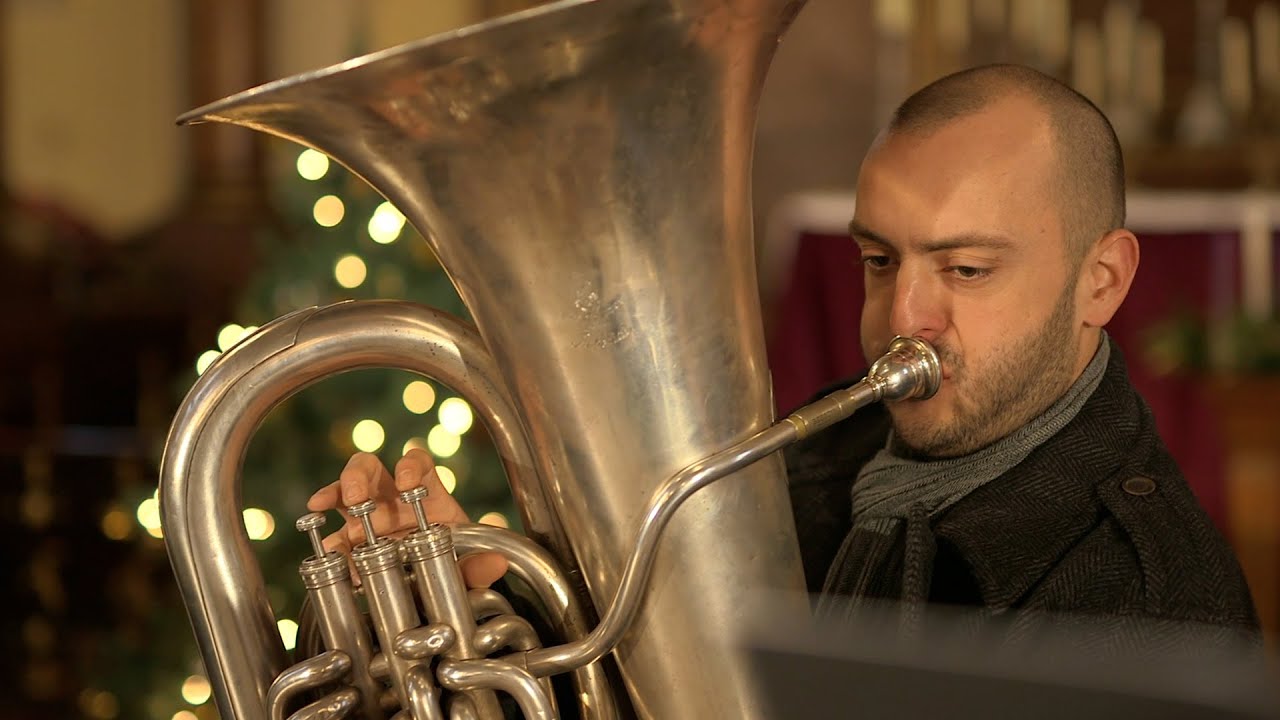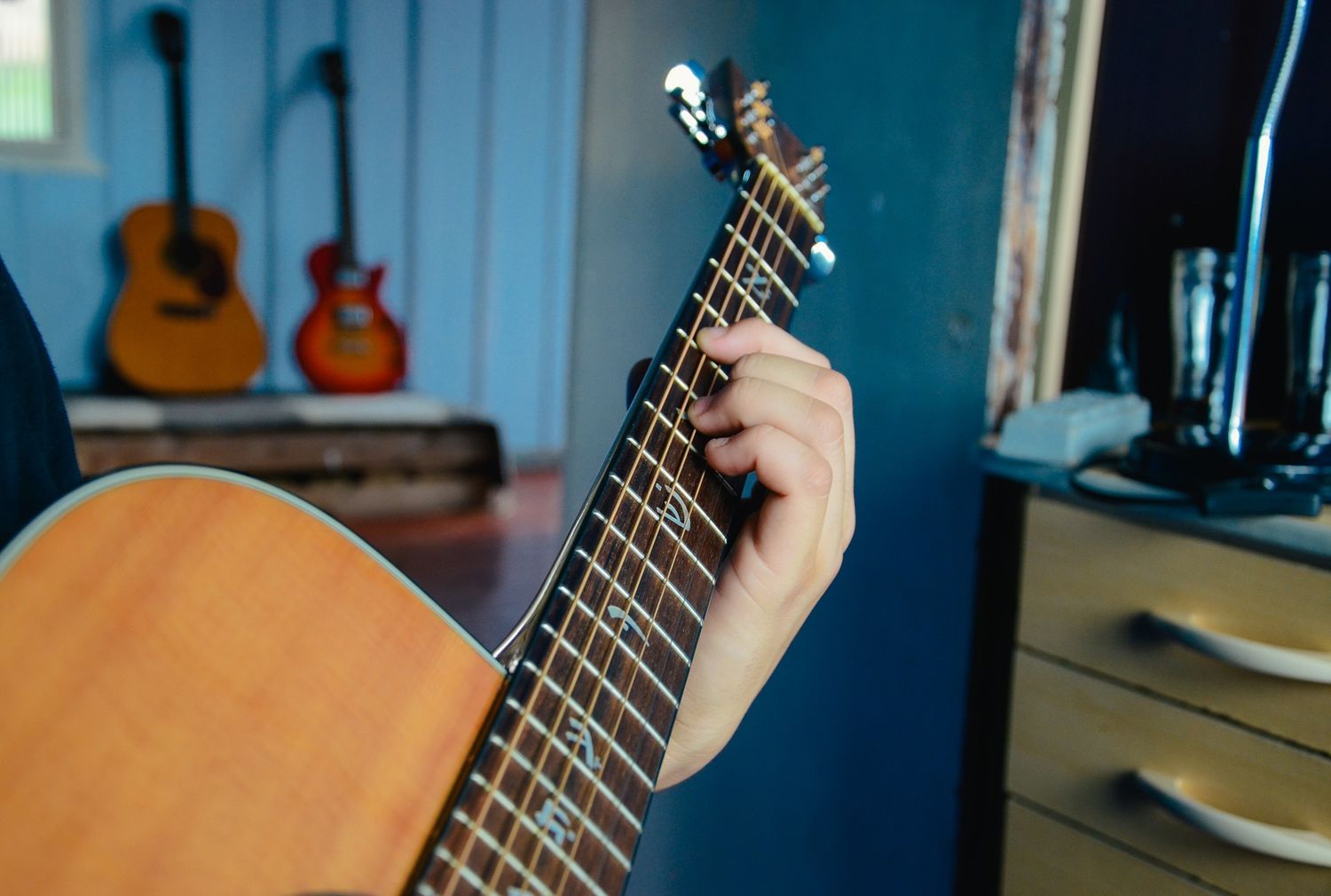Home>Events & Info>Ballet>How Many Positions Are In Ballet
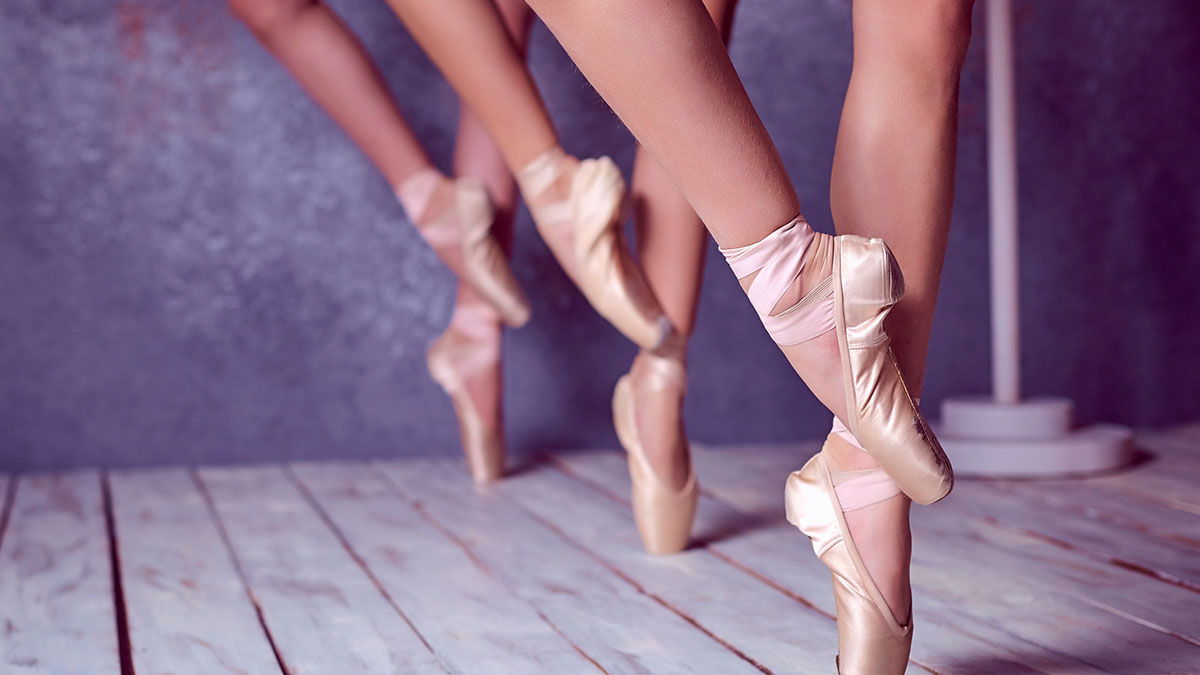

Ballet
How Many Positions Are In Ballet
Published: January 9, 2024
Discover the world of ballet and learn about the different positions and techniques used in this graceful dance form. Explore the artistry and athleticism of ballet today.
(Many of the links in this article redirect to a specific reviewed product. Your purchase of these products through affiliate links helps to generate commission for AudioLover.com, at no extra cost. Learn more)
Table of Contents
Introduction
Ballet is a beautiful and graceful form of dance that has captivated audiences for centuries. It requires immense strength, flexibility, and precision from the dancers, who meticulously execute a variety of positions throughout their performances. The positions in ballet serve as the foundation for the technique and artistry seen on stage, and understanding them is essential for both dancers and enthusiasts.
In this article, we will explore the different positions in ballet and delve into the intricacies of each. We will discuss the five basic positions and also explore additional positions that are used in various ballet techniques. Additionally, we will touch upon the positions of the arms and the positions of the feet, as they play a crucial role in creating the aesthetic lines and shapes synonymous with ballet.
Whether you are a ballet student, a dance enthusiast, or simply curious about the world of ballet, this article will provide you with a comprehensive understanding of the positions used in this captivating art form.
The Five Basic Positions
In ballet, the five basic positions are fundamental building blocks that serve as the starting and ending points for many movements and transitions. Mastery of these positions is crucial for ballet dancers, as they provide a strong foundation for technique and alignment.
Let’s explore each of the five basic positions in detail:
- First Position: In first position, the heels are pressed together, and the toes are turned out to the sides, creating a straight line with the feet. The arms are rounded and held low, with the fingers gently touching or slightly separated.
- Second Position: In second position, the feet are wider apart, with the toes still turned out. The arms are extended out to the sides, forming a gentle curve. This position creates a sense of openness and expansion.
- Third Position: In third position, one foot is placed in front of the other, with the heel of the front foot touching the arch of the back foot. The arms are poised and rounded, with one arm slightly lifted and the other arm slightly lowered.
- Fourth Position: In fourth position, one foot is placed in front of the other, with a distance of about one foot’s length between the heels. The heel of the front foot aligns with the arch of the back foot. The arms are rounded and held in a harmonious shape, with one arm slightly lifted and the other arm slightly lowered.
- Fifth Position: In fifth position, one foot is placed in front of the other, with the heel of the front foot touching the big toe of the back foot. The back foot is turned out, and the front foot is crossed over it. The arms are rounded and held in front of the body, creating an elegant frame for the dancer.
These five basic positions provide a solid framework for ballet dancers to work from and are utilized in a wide range of ballet movements and exercises. With consistent practice, dancers develop strength, stability, and control, allowing them to seamlessly transition between positions and execute more complex choreography.
Additional Positions in Ballet
While the five basic positions form the foundation of ballet technique, there are many additional positions that dancers incorporate into their repertoire. These positions allow for a wider range of movement and add depth and complexity to ballet choreography.
Here are some of the additional positions commonly used in ballet:
- Fourth Position en Croix: This position is formed when one foot is placed in front of the other, with the heel of the front foot aligning with the arch of the back foot. The arms are extended to the side, forming a gently rounded shape. It is called “en croix” because dancers execute movements in all directions, front, back, side, and diagonally, from this position.
- Arabesque: The arabesque position involves standing on one leg with the other leg extended behind the body. The lifted leg is typically straight, and the torso is balanced over the standing leg. The arms can be positioned in various ways, including extended forward, to the side, or overhead.
- Pirouette Positions: Pirouettes are a classic ballet movement that involves spinning or turning on one foot. There are several different positions that dancers use for pirouettes, including the classic “en dehors” position, where the body is turned out with one leg extended to the side and the other leg in passé position, and the “en dedans” position, where the body is turned in with the working leg extended to the front or back.
- Attitude: The attitude position is characterized by the standing leg being bent with the lifted leg extended to the front, side, or back. The knee of the lifted leg is bent, and the foot is pointed. The arms can be held in a variety of positions, such as rounded and held low or extended overhead.
- Grand Battement: Often used as a strengthening and stretching exercise, the grand battement position involves standing on one leg while lifting the other leg to the front, side, or back. The lifted leg is fully extended and pointed, creating a beautiful line. The arms can be placed in different positions, such as rounded and held low or extended to the side.
These additional positions, along with the five basic positions, provide dancers with a diverse range of possibilities for artistic expression and technical prowess. Each position requires precision, control, and proper alignment, showcasing the skill and artistry of ballet dancers.
Positions of the Arms
In ballet, the positions of the arms are just as important as the positions of the feet. The arms not only add grace and fluidity to a dancer’s movements, but they also help create beautiful lines and shapes that contribute to the overall aesthetic of ballet.
Here are some of the positions of the arms commonly used in ballet:
- First Position: In first position, the arms are rounded and held low, with the fingers gently touching or slightly separated. The hands are softly curved and are positioned slightly in front of the body, creating a harmonious frame.
- Second Position: In second position, the arms are extended out to the sides, forming a gentle curve. The palms face down, and the fingers are slightly rounded. This position creates a sense of openness and expansiveness.
- Third Position: In third position, one arm is slightly lifted in a curved position in front of the body, while the other arm is slightly lowered and rounded. The hands are soft and relaxed, with the fingers in a gentle curve.
- Fourth Position: In fourth position, one arm is slightly lifted in a rounded position above the head, while the other arm is slightly lowered and rounded in front of the body. The hands maintain their soft and relaxed curve, with the fingers gently elongated.
- Fifth Position: In fifth position, both arms are rounded and held in front of the body, creating an elegant frame for the dancer. The hands are softly curved, with the fingers gently elongated and the palms facing inward.
These positions of the arms are used in conjunction with the positions of the feet to create harmonious and visually striking movements. Ballet dancers must maintain the correct alignment and posture of the arms, ensuring that they seamlessly flow with the rest of the body in every step, jump, and turn.
It is important to note that while these are the traditional positions of the arms, different ballet techniques and styles may have variations or additional arm positions. Choreographers and teachers may also introduce unique arm movements to create a distinct artistic vision for a particular dance.
Mastering the positions of the arms requires practice, control, and a keen attention to detail. With time and dedication, dancers can achieve a graceful and fluid quality to their arm movements, enhancing the overall beauty and expression of their ballet performances.
Positions of the Feet
In ballet, the positions of the feet are a crucial aspect of technique, as they provide the foundation for balance, stability, and proper alignment. The positions of the feet determine the turnout and placement of the legs, which enhance the elegance and precision of ballet movements.
Here are the positions of the feet commonly used in ballet:
- First Position: In first position, the heels are pressed together, and the toes are turned out to the sides, creating a straight line with the feet. The weight is evenly distributed between both feet.
- Second Position: In second position, the feet are wider apart, with a distance of about one foot’s length between the heels. The toes are still turned out, and the weight is evenly distributed between both feet.
- Third Position: In third position, one foot is placed in front of the other, with the heel of the front foot touching the arch of the back foot. The weight is primarily on the front foot, while the back foot provides balance and support.
- Fourth Position: In fourth position, one foot is placed in front of the other, with a distance of about one foot’s length between the heels. The heel of the front foot aligns with the arch of the back foot. The weight is primarily on the front foot, with the back foot providing balance and support.
- Fifth Position: In fifth position, one foot is placed in front of the other, with the heel of the front foot touching the big toe of the back foot. The back foot is turned out, and the front foot is crossed over it. The weight is primarily on the front foot, with the back foot providing balance and support.
These positions of the feet allow for maximum turnout and alignment of the legs, which are essential for executing ballet movements such as pliés, tendus, and jumps. It is important for dancers to maintain proper alignment and weight distribution in each position to achieve stability and fluidity in their movements.
While the positions of the feet provide a solid foundation for ballet technique, it is worth noting that variations may exist in different techniques or styles of ballet. Some techniques, such as the Russian Vaganova method, may have slight differences in the positioning of the feet in certain positions.
Attaining and maintaining correct foot positions requires practice, strength, and flexibility. Ballet dancers dedicate hours to perfecting their turnout and alignment, as it is a key component of their artistry and technical proficiency.
By understanding and consistently practicing the positions of the feet, ballet dancers can achieve the poise, balance, and precision that are synonymous with this beautiful art form.
Conclusion
The positions in ballet are the building blocks of technique, forming the backbone of every dancer’s training. From the five basic positions to the additional positions in ballet, each posture plays a crucial role in creating the elegance, precision, and artistry that define this beautiful dance form.
By mastering the positions of the arms and feet, ballet dancers develop a strong foundation that allows them to execute movements with grace, control, and alignment. The positions of the arms contribute to the overall aesthetic appearance, adding fluidity and expressiveness to the dancer’s performance. Meanwhile, the positions of the feet, with their emphasis on turnout and alignment, provide the necessary stability and balance for intricate footwork and jumps.
It is essential for ballet dancers to practice these positions diligently, as they serve as the launching points for countless ballet movements and exercises. With perseverance and dedicated training, dancers can achieve a level of technical proficiency and artistry that captures the hearts and imaginations of audiences.
Whether you are a ballet student, a dance enthusiast, or simply curious about ballet, understanding the positions is a fundamental step towards appreciating and experiencing the beauty and complexity of this timeless art form.
So, next time you watch a ballet performance, pay close attention to the positions. Observe the intricate footwork, the graceful movements of the arms, and the way dancers seamlessly transition from one position to another. It is in those moments that you will witness the magic of ballet come to life.


